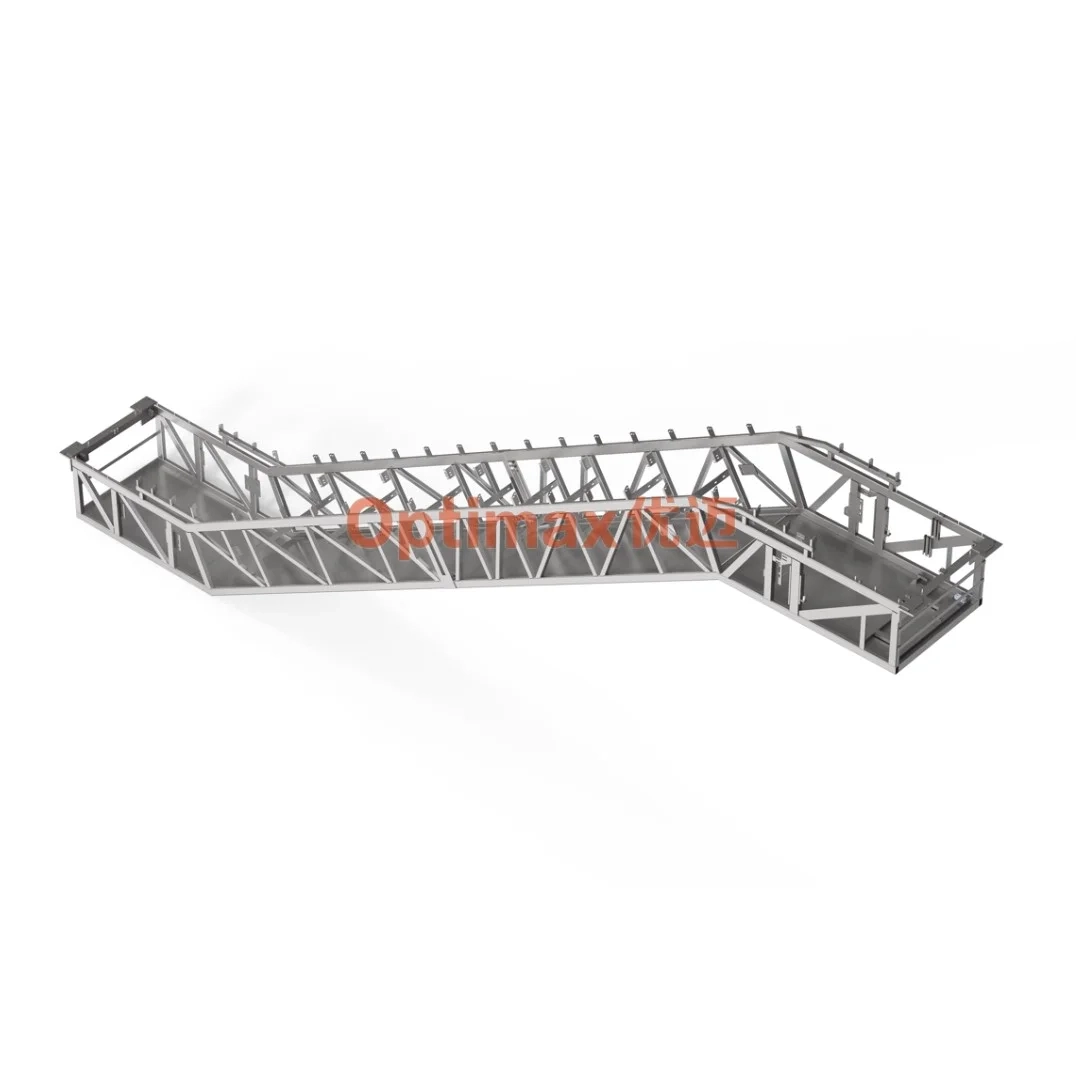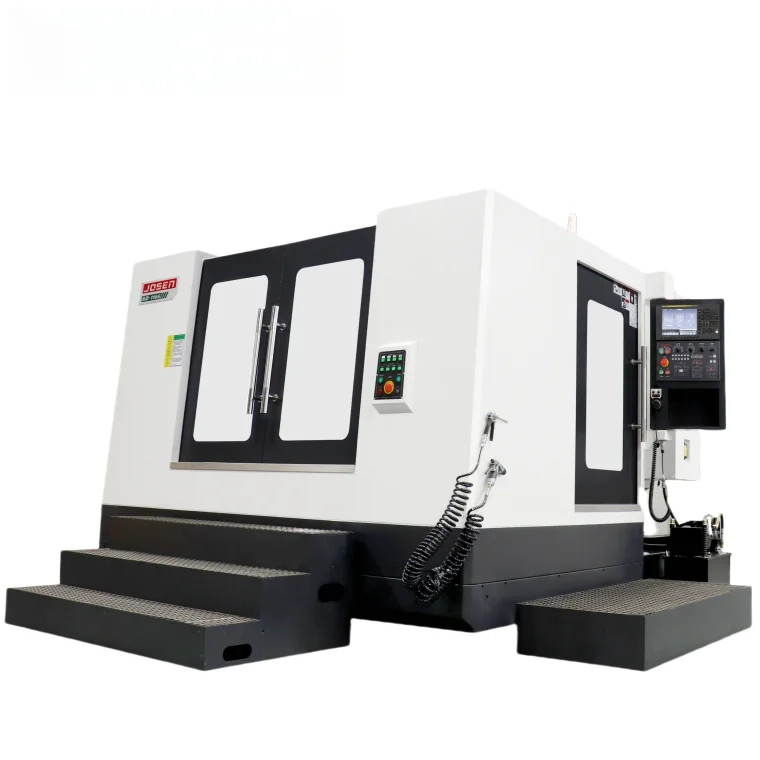Escalators are one of the most widely used and essential modes of transportation in public and commercial spaces, facilitating the smooth movement of people across various floors in malls, airports, subway stations, and office buildings. Though the visible steps moving up and down are what people usually focus on, an escalator is a highly complex system, composed of various components that work together to ensure its safe and reliable operation. Among these critical components, the escalator truss plays an indispensable role in supporting the escalator's entire structure, holding other essential parts, such as the drive mechanism, steps, and handrails. In this article, Optimax explores the design features of the escalator truss.
What is the Escalator Truss?

The escalator truss refers to the structural framework that supports and houses the main mechanical components of the escalator system. Positioned within the escalator shaft, it provides both vertical and horizontal stability to the system, allowing for the effective integration of other parts, including the drive mechanism, steps, chains, motors, and handrails. The truss essentially acts as the skeleton of the escalator, ensuring that all of its dynamic parts remain in alignment and function smoothly throughout its operational life. Made primarily from steel or other high-strength materials, the escalator truss is engineered to withstand significant mechanical loads and dynamic forces, ensuring that the escalator operates reliably and safely. A well-designed truss not only serves as a sturdy base for the entire system but also allows for the precise alignment of moving parts, contributing to the overall smooth performance of the escalator. Furthermore, the truss is designed to distribute forces efficiently, including both static and dynamic loads, ensuring that the escalator maintains its integrity throughout its lifespan. Whether supporting the weight of passengers or withstanding the impact of mechanical stresses, the escalator truss plays a central role in maintaining the structural stability and safety of the system.
Design Features of the Escalator Truss
The design of the escalator truss is a complex and highly specialized process, requiring the consideration of multiple factors to ensure the safety, performance, and longevity of the escalator system. From materials and construction techniques to load distribution and precision engineering, each design feature is critical for the effective functioning of the truss.
1. Structural Integrity and Materials
The primary function of the escalator truss is to support the weight of the escalator itself, along with the loads generated by passenger movement and other dynamic forces. To fulfill this role, the truss is typically constructed from high-strength steel, chosen for its exceptional tensile strength, durability, and resistance to environmental factors such as corrosion. Steel is ideal because it can withstand the mechanical stresses of constant use and maintain its structural integrity over time. To further improve performance, escalator trusses are often coated or treated with anti-corrosion materials to prevent wear due to environmental exposure. The use of durable materials ensures that the truss remains functional for long periods, minimizing the need for frequent repairs or replacements.
2. Load-Bearing Capacity
The escalator truss must be designed to withstand both static and dynamic loads. Static loads include the weight of the escalator itself and any fixed components such as the steps and motors. Dynamic loads, on the other hand, result from the movement of passengers, the operation of the escalator, and external forces such as shocks or vibrations. The truss must be able to handle these loads without compromising structural integrity or causing misalignments in the escalator's components. To achieve this, the escalator truss is engineered to distribute these forces evenly, ensuring that no one area bears excessive weight or stress. This even distribution is essential for minimizing mechanical failure and ensuring that the escalator operates smoothly and safely.
3. Precision and Alignment
For the escalator to function effectively, all of its components must be properly aligned. This includes ensuring that the steps are correctly positioned and move smoothly along the rails, and that the drive mechanism operates efficiently without causing undue stress on the system. The escalator truss plays a key role in maintaining this alignment, as its precision engineering ensures that all components are held in place during operation. Even small misalignments can lead to a range of issues, from uncomfortable and unsafe operation to increased wear and tear on components. Therefore, the truss must be manufactured with high precision to ensure that the entire system operates in a stable and controlled manner.
The escalator truss is a fundamental component of any escalator system, providing the support, stability, and alignment necessary for safe and efficient operation. Its role in ensuring the structural integrity of the escalator, along with its ability to handle mechanical loads and vibrations, makes it an essential part of vertical transportation. From routine inspections to supporting advanced technologies, the escalator truss is key to maintaining the functionality and longevity of escalators in commercial, residential, and public spaces alike.
https://www.xizi-ec.com/Escalator
www.xizi-ec.com
Hangzhou Optimax Tech Co., Ltd.





+ There are no comments
Add yours